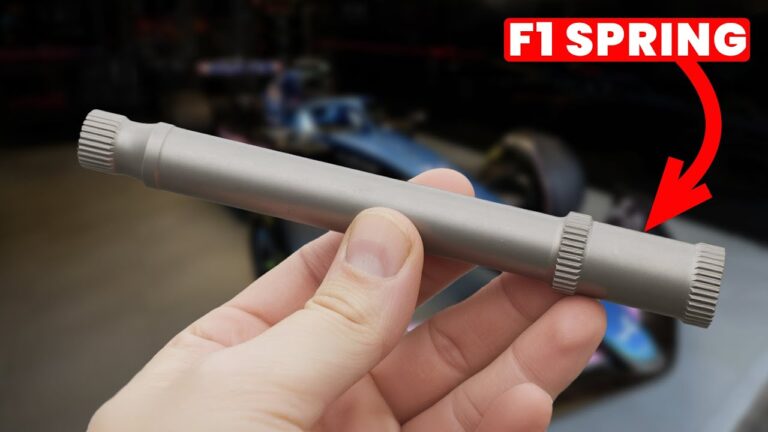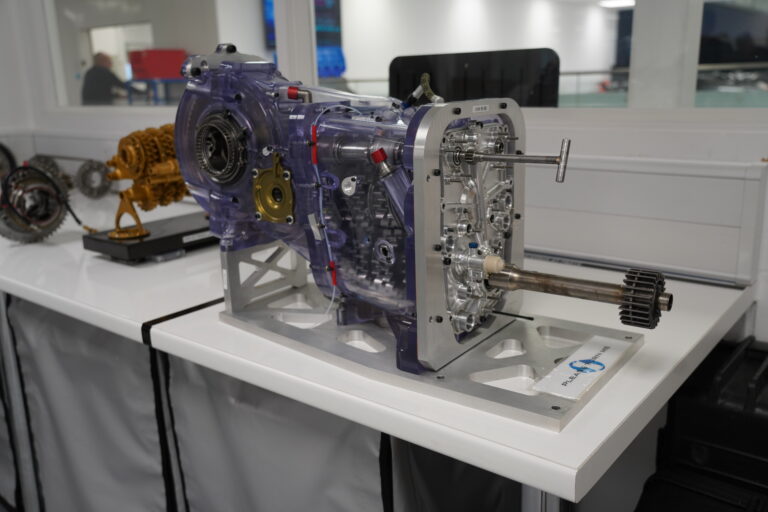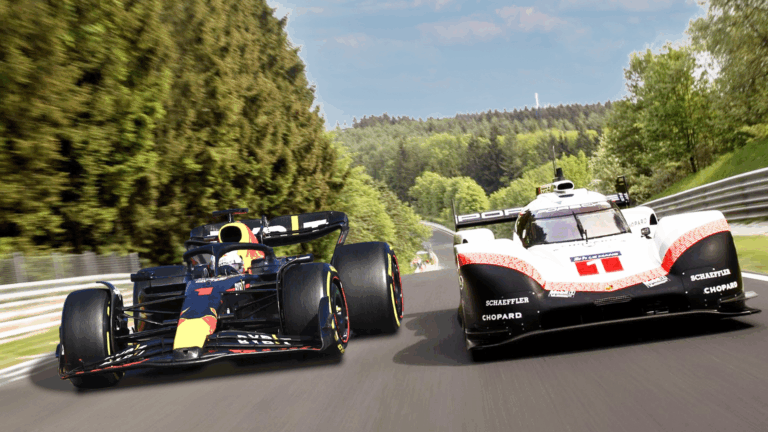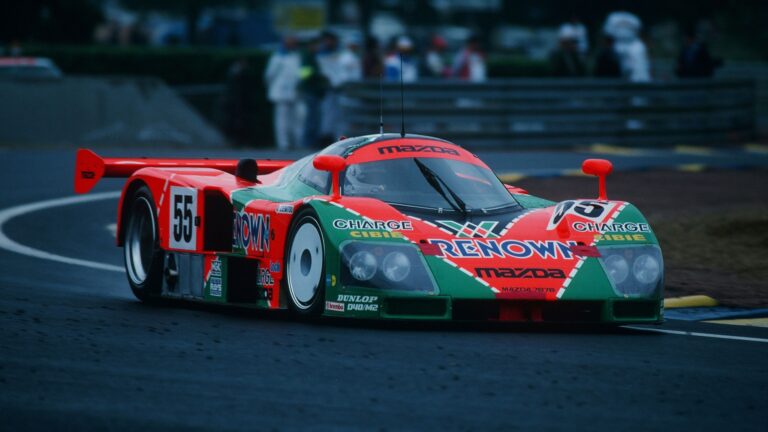
Rosco McGlashan, an Australian motorsport enthusiast, is driven by a goal many see as impossible: reaching 1,000 miles per hour on land. In pursuit of this, he’s created the Aussie Invader 5R, a powerful machine fueled by over 200,000 horsepower. This article dives into McGlashan’s journey from early rocket-powered experiments to his current project and explores the innovations and challenges of his engineering feats.

The History of Land Speed Records
Land speed records have evolved considerably since the late 1800s. The first record, set in 1898 with an electric-powered car in France, topped out at just over 39 mph. As engineering advanced, speeds increased, with records jumping in intervals of 100 mph or more as vehicles evolved from modest combustion engines to turbojet and rocket engines. Iconic vehicles like the Sunbeam 1,000 HP and the Blue Flame continued to push boundaries, with the latter reaching 650 mph in 1970. Then, in 1997, the British Thrust SSC, led by Andy Green, achieved an unprecedented 763 mph.


Rosco McGlashan and the Aussie Invader Series
Rosco McGlashan’s fascination with speed began with unconventional machines, like his V8-powered “Crazy Horse” bike, which reached 172 mph. He transitioned to rocket-powered vehicles, including a go-kart that hit 253 mph. These projects led to the Aussie Invader series, with each model bringing McGlashan closer to the land speed record. The Aussie Invader 2, powered by a Mirage jet turbine, reached impressive speeds but was destroyed in a crash. Undeterred, McGlashan returned with the Aussie Invader 3, which achieved 643 mph but fell short of record validation due to weather challenges.
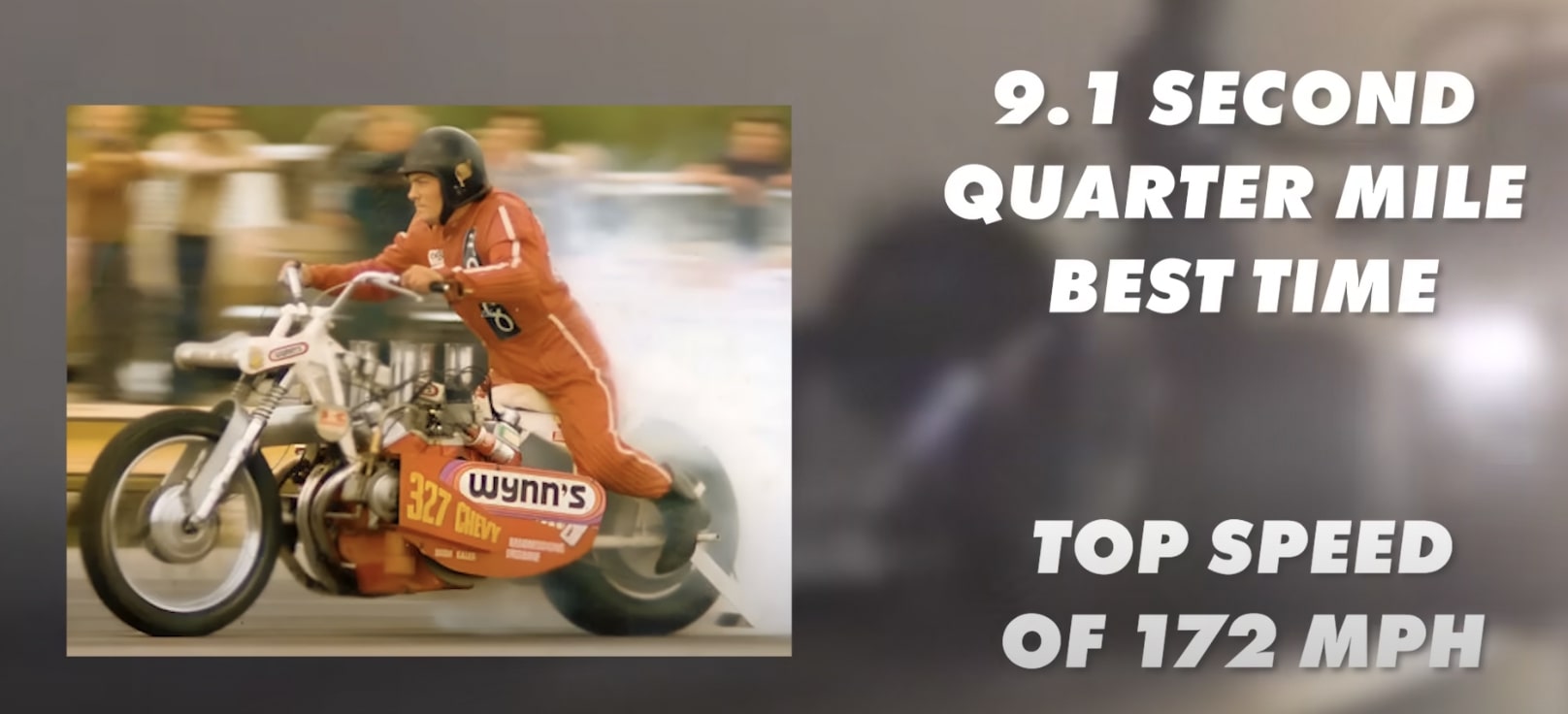
Designing the Aussie Invader 5R
The Aussie Invader 5R, McGlashan’s latest attempt, aims for the 1,000 mph mark. This vehicle is built with a bipropellant rocket engine generating 62,000 pounds of thrust—equivalent to 200,000 horsepower. The car stretches 16 meters and weighs nine tons, with most of that weight attributed to fuel. McGlashan designed it with input from rocket experts, including Peter Beck of Rocket Lab, to optimise thrust and stability.
Engineering Challenges: Aerodynamics and Stability
Achieving supersonic speeds on land presents unique aerodynamic challenges. Unlike planes, a land-based vehicle contends with shock waves rebounding off the ground, which can destabilize the car. To combat this, McGlashan designed a V-shaped chassis that reduces the impact of these shock waves. Canards positioned behind the front wheels help adjust weight distribution as fuel is burned, maintaining balance and traction at high speeds.
The Invader’s wheels are crafted from aerospace-grade aluminium, each weighing 140 kg and spinning at nearly 10,000 RPM at top speed. These are solid wheels, as traditional tyres would disintegrate under the immense rotational force.
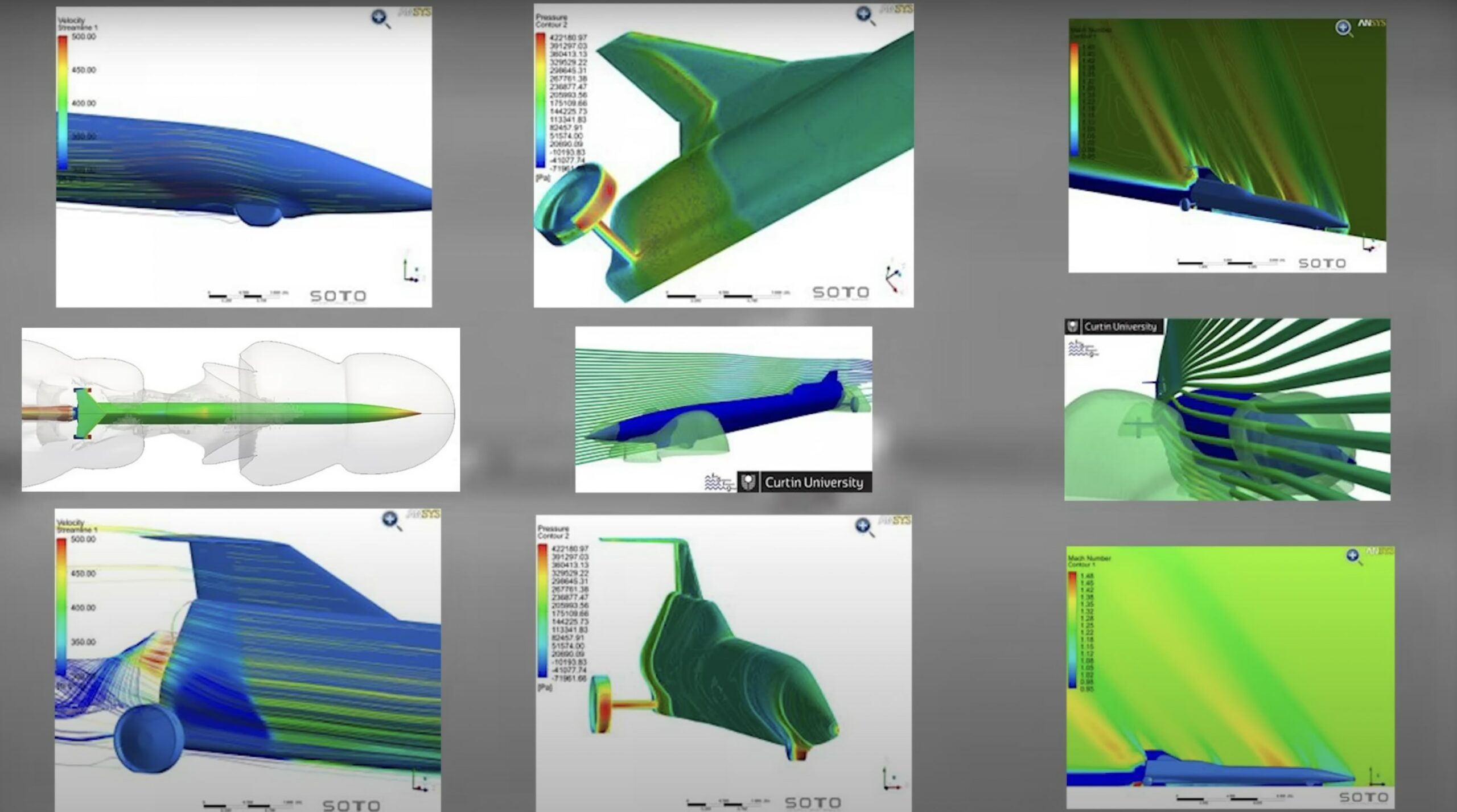
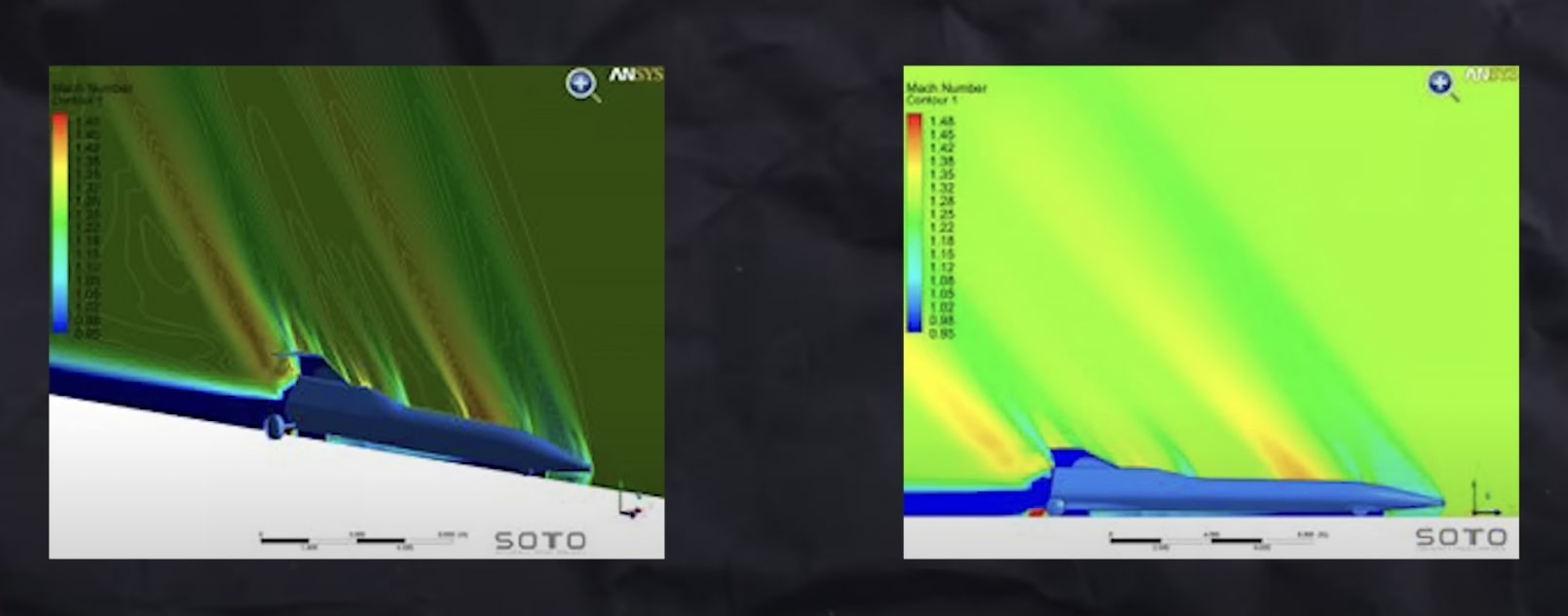
The Cockpit: Safety and Control
McGlashan’s cockpit is surrounded by strong tubing and lined with safety features to protect him in case of a high-speed incident. Positioned behind the center of gravity, McGlashan can feel the car’s rear stability while maintaining a clear view of the road ahead. The seat and roll cage are mounted strategically to minimize vibrations, which could otherwise blur his vision and destabilize the vehicle.
Braking from 1,000 MPH
Stopping the Aussie Invader 5R is as complex as reaching top speed. McGlashan’s braking system includes an engine shutdown, hydraulic air brakes, high-speed and low-speed parachutes, disc brakes, and an emergency brake designed to dig into the ground. Gradual deceleration is essential; a sudden stop would subject McGlashan to extreme G-forces, potentially causing him to lose consciousness.
Can McGlashan Break the Record?
McGlashan and his team have overcome countless setbacks, from technical failures to funding constraints. His determination is matched only by his engineering prowess, and the Aussie Invader 5R stands as a testament to his relentless pursuit of speed. While there are still challenges ahead, the world waits eagerly to see if McGlashan will make history by breaking 1,000 mph on land.




